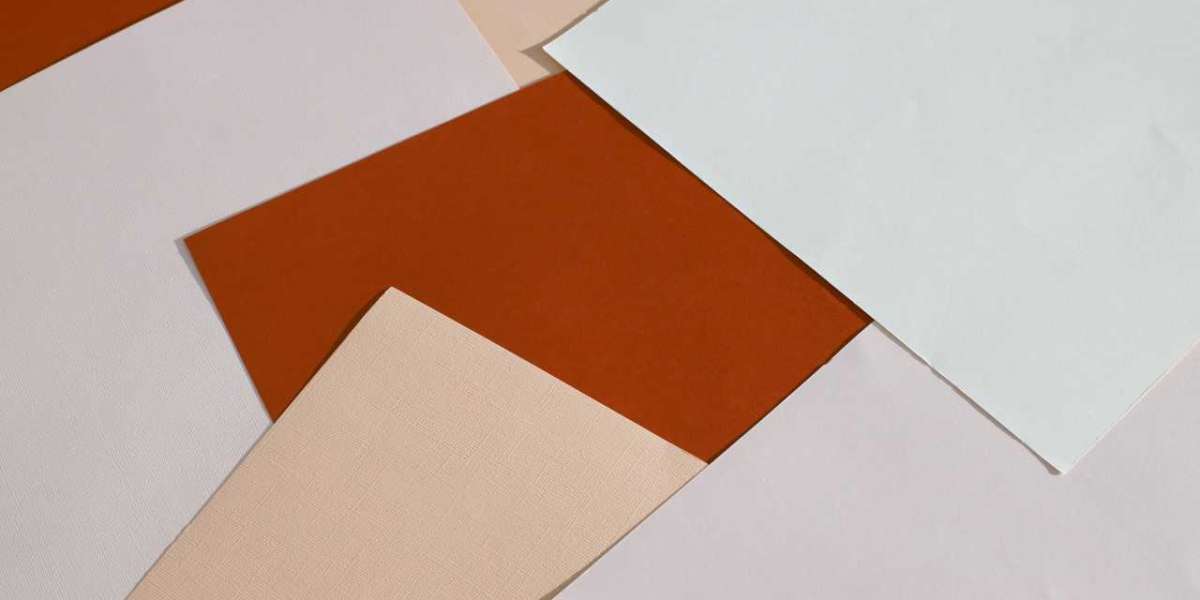Introduction
Deciding between invisible braces and traditional braces is a significant decision that can impact your smile and confidence. Each option offers unique advantages and considerations, making it essential to understand the differences. This guide aims to help you determine which type of braces is right for you based on your individual needs and Dental paediatrician.
Invisible Braces: A Discreet Option
How They Work
Invisible braces, such as Invisalign, use a series of clear, removable aligners to gradually move teeth into the desired position. They are virtually invisible, offering a discreet alternative to traditional braces.
Benefits
- Nearly invisible appearance
- Removable for easy cleaning and eating
- Comfortable and less likely to cause irritation to the gums and cheeks
Considerations
- Requires discipline to wear aligners as prescribed
- May not be suitable for severe orthodontic issues
Traditional Braces: Time-Tested Effectiveness
How They Work
Traditional braces consist of metal or ceramic brackets that are bonded to the teeth and connected by wires. They apply continuous pressure to gradually shift teeth into alignment.
Benefits
- Effective for a wide range of orthodontic issues
- Can achieve precise tooth movements
- Often more affordable than invisible braces
Considerations
- More noticeable appearance
- Requires regular adjustments and maintenance
- Potential for discomfort or irritation
Choosing the Right Option for You
Severity of Misalignment
- For mild to moderate misalignment, invisible braces may be a suitable option.
- For more severe issues, traditional braces may be more effective.
Lifestyle Factors
- If you prefer a discreet option and are committed to wearing aligners as directed, invisible braces may be the best choice.
- If you are comfortable with the appearance of traditional braces and prioritize effectiveness, traditional braces may be preferable.
Consultation with an Orthodontist
- A consultation with an orthodontist can help determine which type of braces is best suited to your specific needs.
- Consider asking about alternative treatments or combination approaches that may offer the benefits of both types of braces.
Conclusion
Deciding between invisible braces and traditional braces requires careful consideration of your orthodontic needs, lifestyle, and preferences. By weighing the benefits and considerations of each option and consulting with an orthodontic professional, you can make an informed decision that leads to a healthier, more confident smile.
More Details Visit : Dental implants cost | Implant teeth price in Malaysia | Children braces | Braces for kids | Braces price selangor | Dental braces price | Dental paediatrician | Kids dentist | Teeth veneer cost | Invisible braces dentist | Tidental








